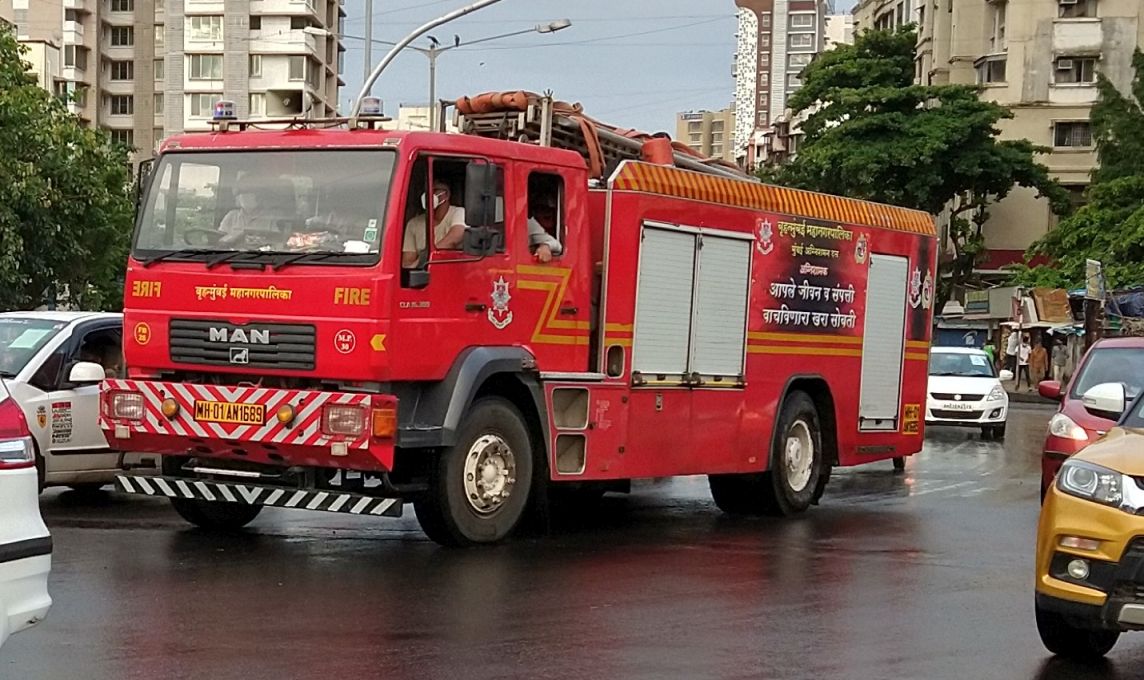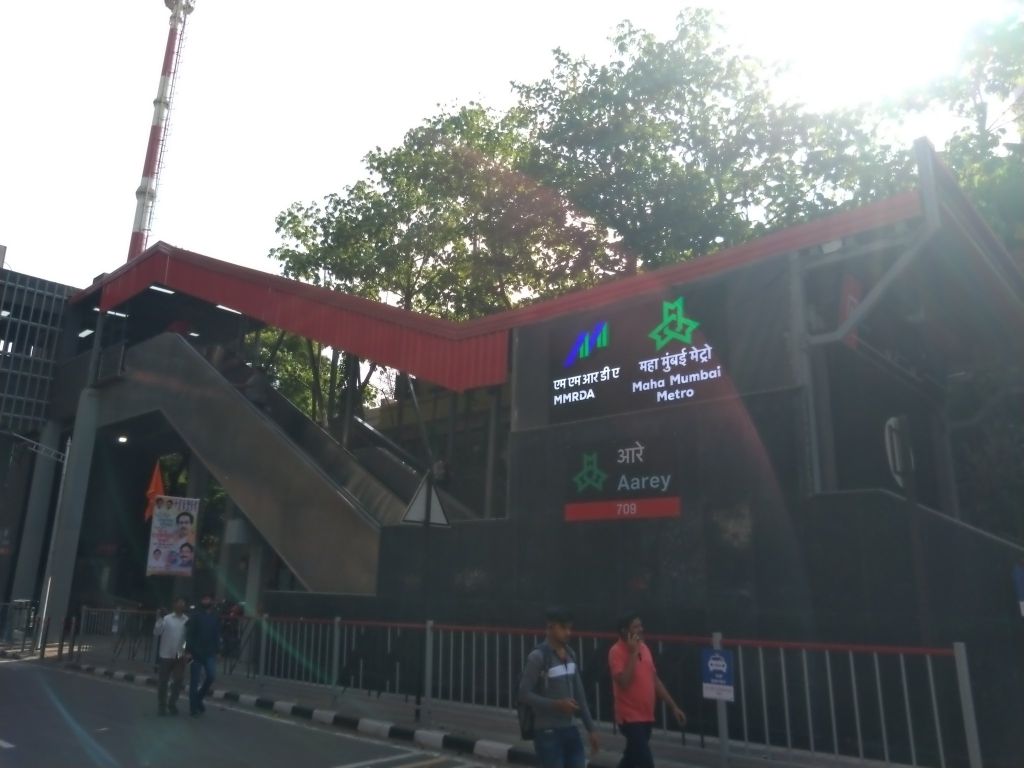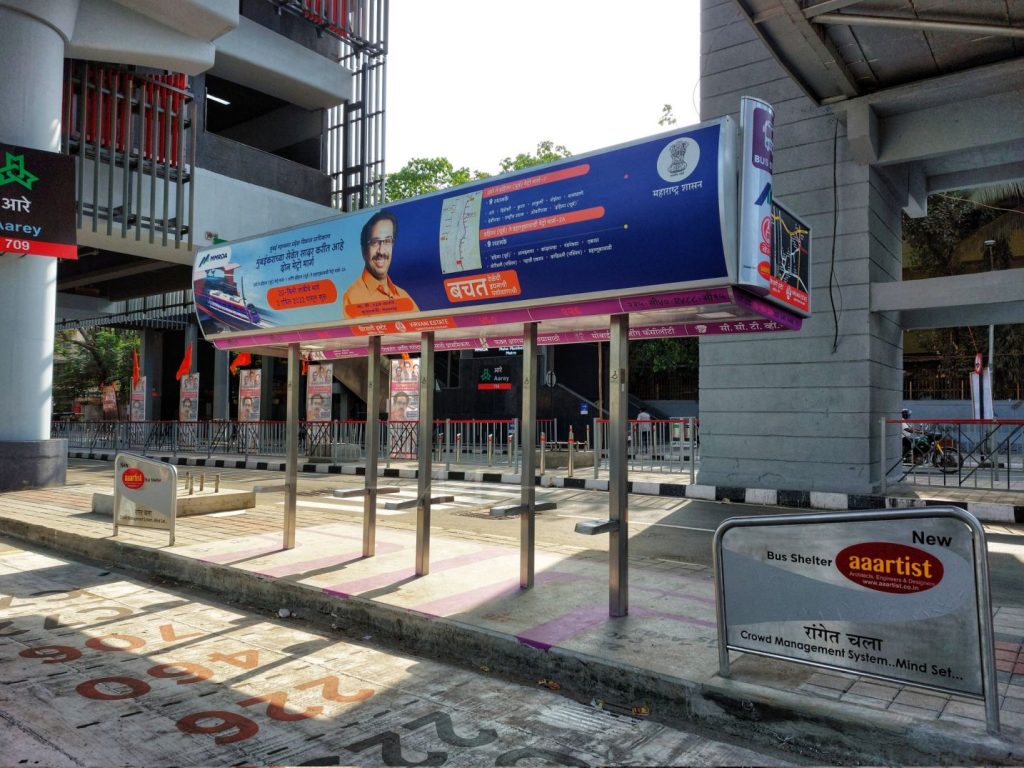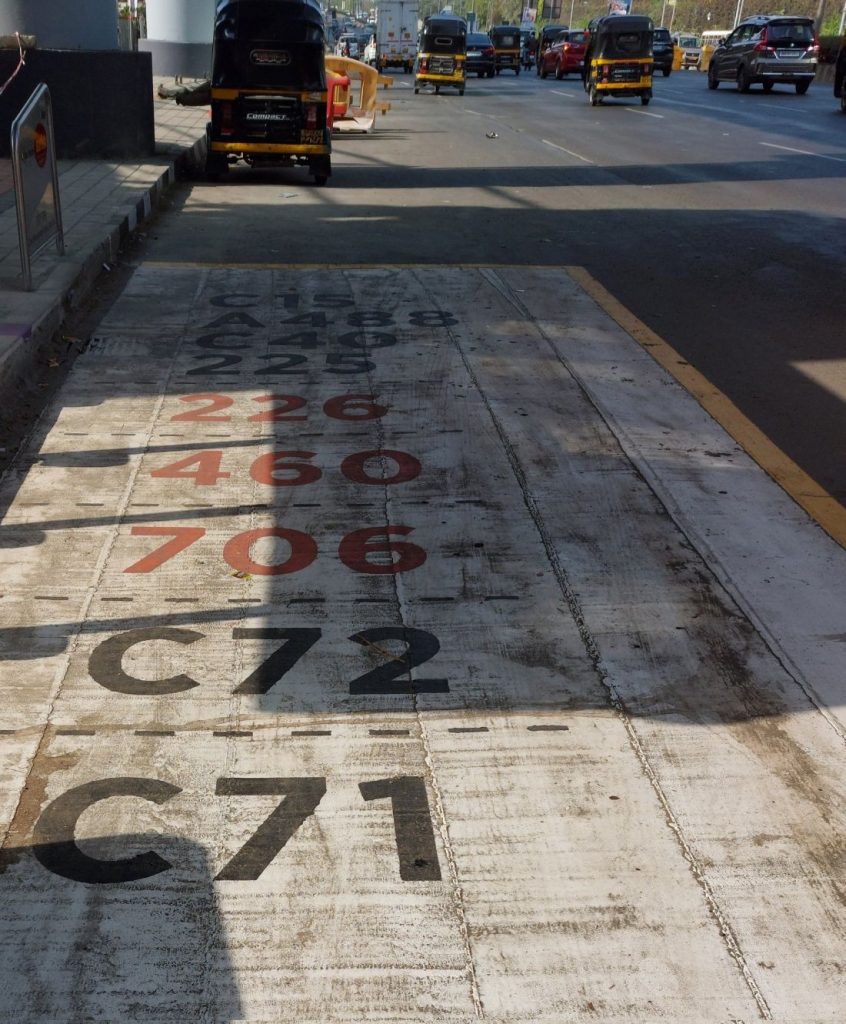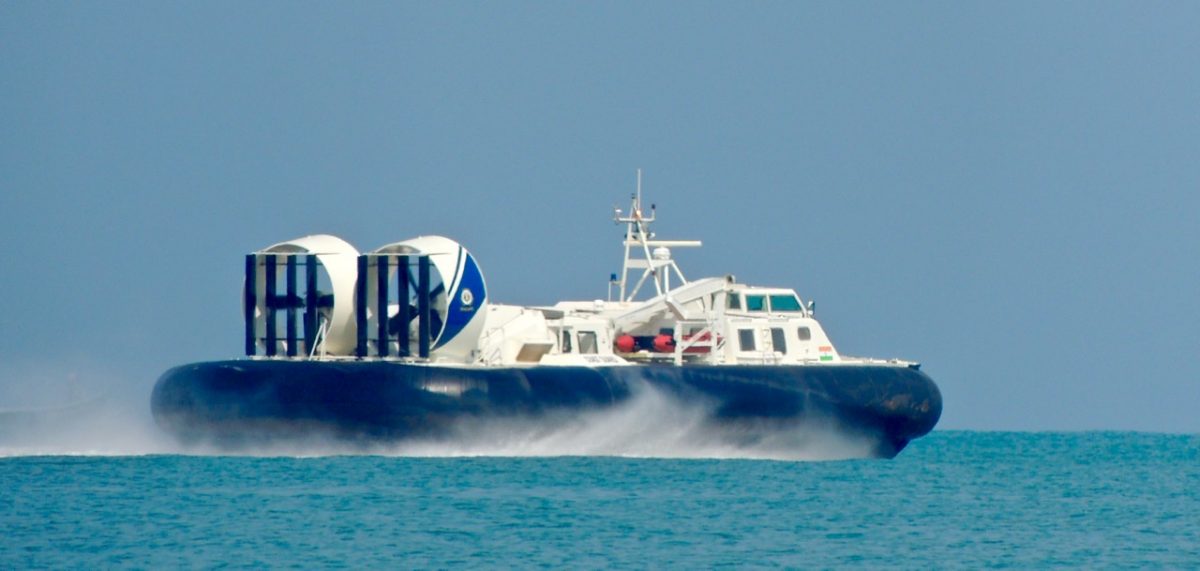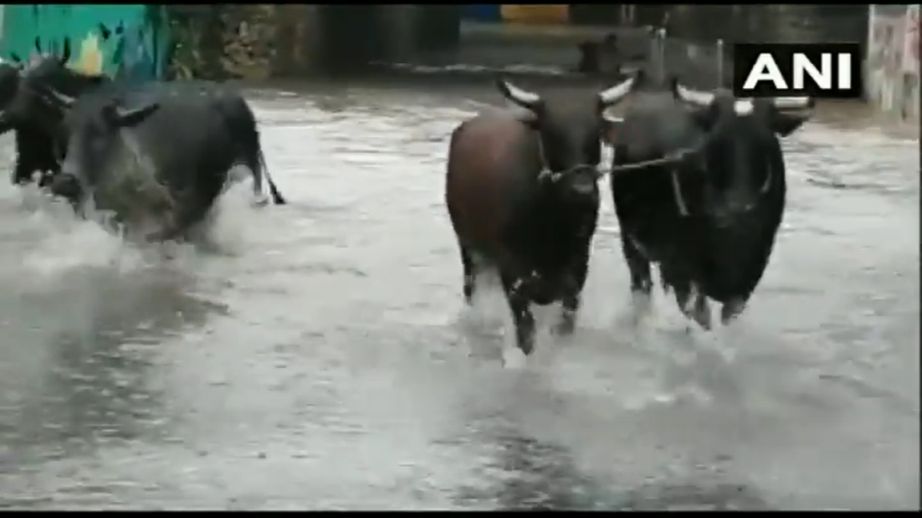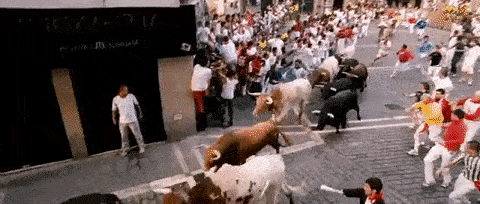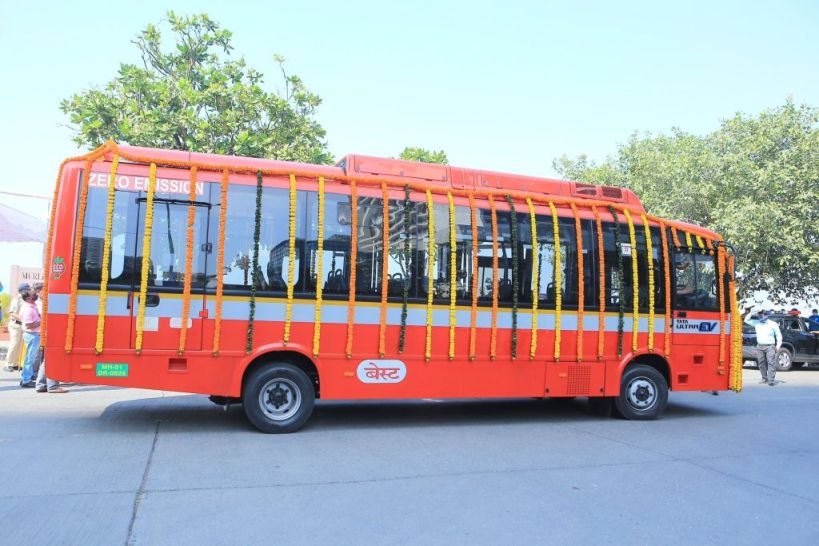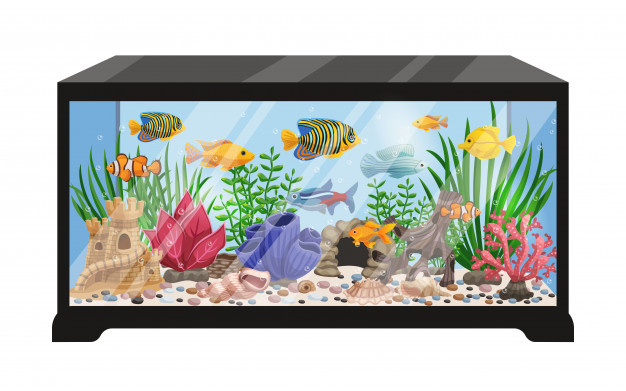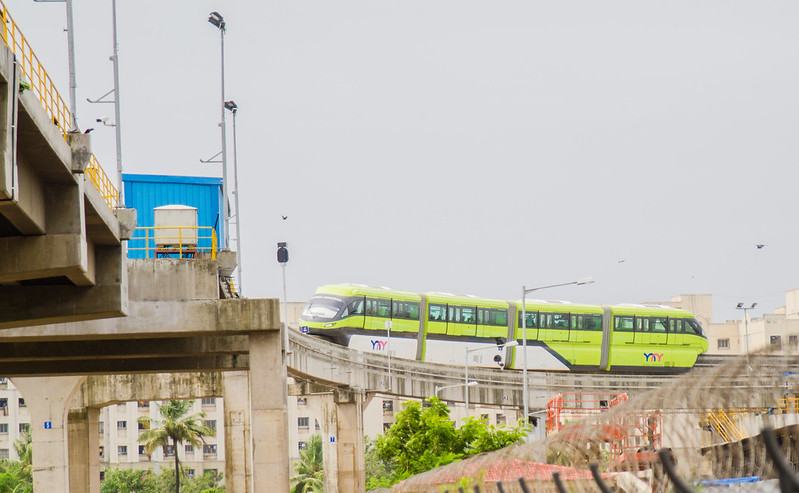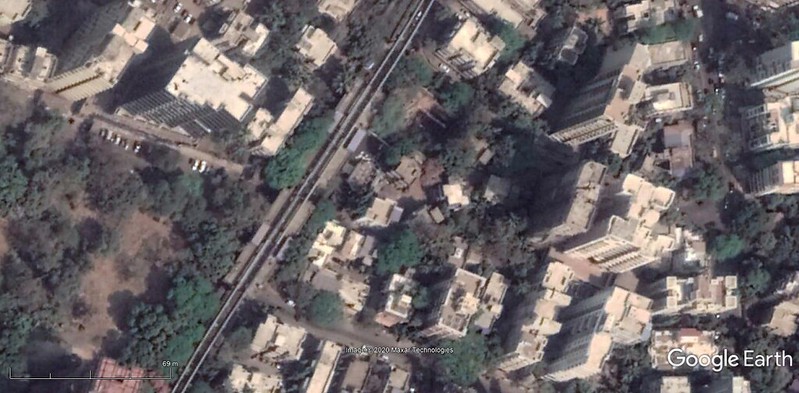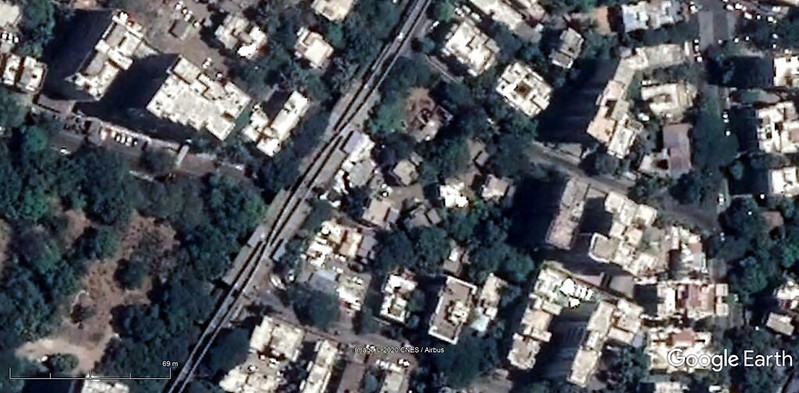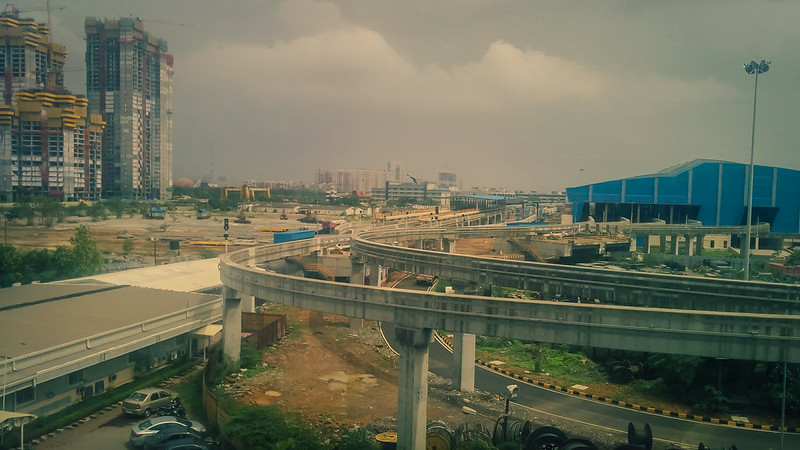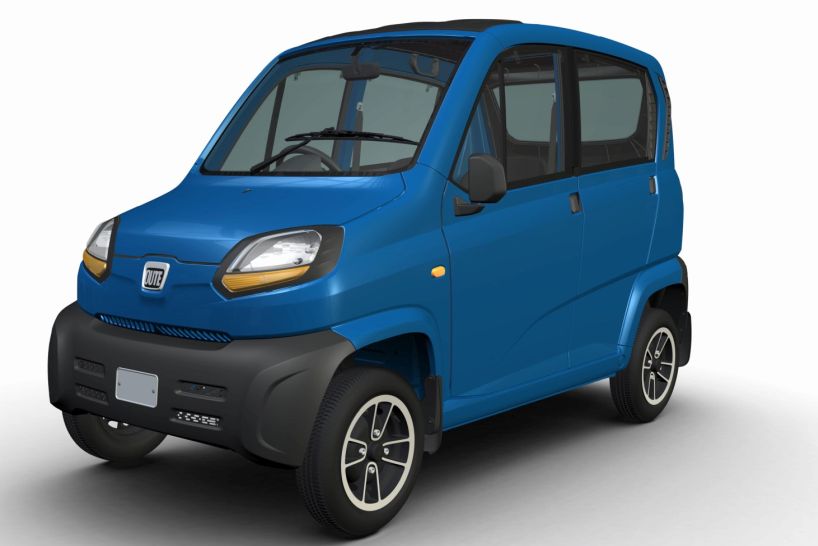Okay, this might sound odd but one please do read on. It’s been over seven years since I wrote on anything related to Fire and Emergency Services. Interestingly, the only time I wrote on the subject was a poem about a firetruck (linked at the bottom).
Anyhow, getting back on topic, one thing off late I’ve noticed is an increasing number of fires in Mumbai, especially in and around Andheri. I was having a conversation on this matter with the friendly folks at the Andheri Lokhandwala Oshiwara Association (ALOCA) because a fire broke out earlier in the day (18 December) at a building near Lokhandwala Circle.
I just did a Twitter search for the world “fire” from ALOCA’s Twitter account and I counted no fewer than five fires in 2022 that they had reported. Now, the nearest fire station is the Andheri Fire Station that is located on Swami Vivekananda Road (SV Road) near Irla, approximately 1km south of Andheri station. The next fire station is the Goregaon Fire Station that lies behind the Goregaon/Oshiwara bus depots. Andheri East is served by the Marol Fire Station that is located at Marol Naka.
A cursory search revealed that the K-East and K-West wards were the most populated wards as per the 2001 census. Assuming a uniform growth rate, that would mean that the K wards remain among the most populated regions in the city.
Now I was reading up a report on Hindustan Times about a fire that took place in early 2022 at the Chitrakoot grounds on Link Road between DN Nagar and Lokhandwala. A film set caught fire resulting in the death of a 32-year old labourer. Now what is interesting is that a portion of the grounds was reserved to build the Mumbai Fire Brigade’s Ambivali Fire Station as part of the Municipal Corporation of Greater Mumbai’s (MCGM) Development Plan for 2034.
The plot in question belongs to the state government and in 2009 the MCGM had issued a commencement certificate to a private developer for construction of the fire station but it had since been cancelled due to a delay (or as we know it better, no action) on the part of the developer. The developer meanwhile has taken the entire plot on lease from the state government.
Due to heavy traffic in the region, which has now gone up since the closure of the Gokhale Bridge (one road closure has ripple effects, remember), it can take anywhere between 45 minutes to an hour for a fire tender to reach the Lokhandwala region which has numerous high-rises, malls, and shopping centres in the locality. The plot was reserved for a fire station over 20 years ago.
The plot meanwhile is used for a variety of commercial purposes from weddings to film shoots to cricket turfs and what not. Rents are lucrative too, and I have been told that cricket alone fetches anywhere upwards of ₹10,000 an hour.
With the polls to the MCGM looming, right now is the time to make noise about this. When political parties announce their respective candidates, please approach them and make sure that they promise it in their manifesto. That is the first step. If the candidate isn’t approachable, then it’s best you vote for someone else. Given that the Mayor of Mumbai has been from the Shiv Sena from 1996, I’d say there is limited scope of getting them to build one. Approach your MLA, especially if they’re part of the government. Andheri West residents, please approach Ameet Satam the local MLA while Versova residents please approach Dr Bharti Lavekar, both of whom are part of the ruling government. The advantage of having staggered elections is that if the person who you voted for in the MCGM isn’t doing good, you can avoid voting for them in the general election to the Parliament or the Legislative Assembly.
If you’re interested in reading the poem I wrote on a Firetruck, you can read it here: The Little Red Firetruck
Featured Image: MAN Firetruck of the Mumbai Fire Brigade at JVPD Circle (Photo: Srikanth Ramakrishnan/BESTpedia)
![]()
